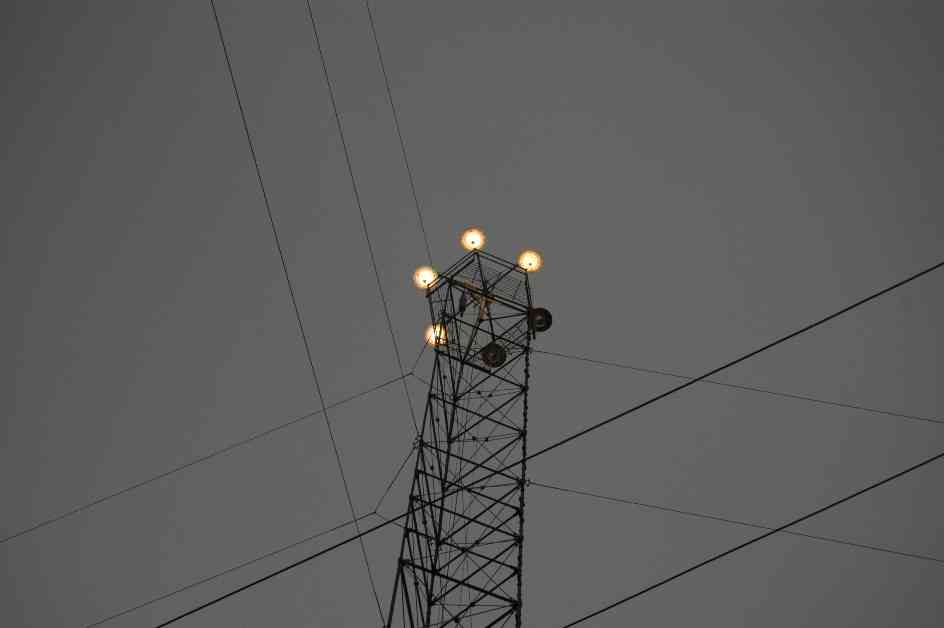As a former staff writer at the Washington Post, I had the unique opportunity to write obituaries for a variety of people, from prominent figures to everyday individuals. These obituaries were more than just stories of the deceased; they were mini-biographies that highlighted the impact each person had made in their lifetime. I found that the tales of ordinary folks were just as captivating as those of well-known personalities, often overlooked until their passing.
While working at the Post, I also took on an unofficial beat, focusing on profiling eccentric and unique Texans. Living in D.C., I enjoyed the experience, but my heart was always in Texas. I resonated with the sentiment of returning to where your strongest feelings lie, much like the late Willie Morris did with Mississippi. For me, Texas was that place – a part of me that I couldn’t shake off, ingrained in my very being.
In my writing about Texas and its people, I found a sense of verve and authenticity that I couldn’t replicate anywhere else. I delved into the lives of Texans and their connections to the land and each other. Texas, with its rich history and diverse population, offered a tapestry of stories waiting to be told.
The columns I penned for the Houston Chronicle were a reflection of the people, places, and past that define Texas. I wasn’t interested in the typical tourist spots or popular eateries, although I wouldn’t pass up the chance to try some barbecue. Instead, I focused on the essence of Texas – its people, their memories, and how the past continues to shape the present.
One of the stories that resonated with me was the tale of Austin’s early serial killer, a chilling chapter in the city’s history that often goes unnoticed. The moonlight towers, a familiar sight in Austin, played a role in the narrative of America’s first serial killer, who haunted the city in the late 1800s. These towering structures, with their perpetual glow, concealed a dark and sinister reality that gripped the city in fear.
As the killer targeted young women, particularly African American maids and housekeepers, Austin residents lived in constant dread of the next attack. The brutal murders, carried out with axes and knives, instilled a sense of terror that pervaded the city. Despite arrests and trials, the killer’s identity remained a mystery, shrouded in speculation and uncertainty.
The moonlight towers, initially installed to illuminate the city, unwittingly became a backdrop to these heinous crimes. Their towering presence symbolized both progress and tragedy, casting a haunting shadow over Austin’s history. Today, these towers stand as silent witnesses to a bygone era, their light a reminder of the darkness that once lurked in the city’s midst.
The story of Austin’s early serial killer is a testament to the enduring mysteries of history, the unresolved questions that linger in the shadows of the past. As I chronicled the lives and stories of Texans, I uncovered the layers of history that shape our understanding of the present. Texas, with its rich tapestry of tales, continues to offer a wealth of stories worth telling, each one a glimpse into the soul of this intriguing and complex place we call home.


